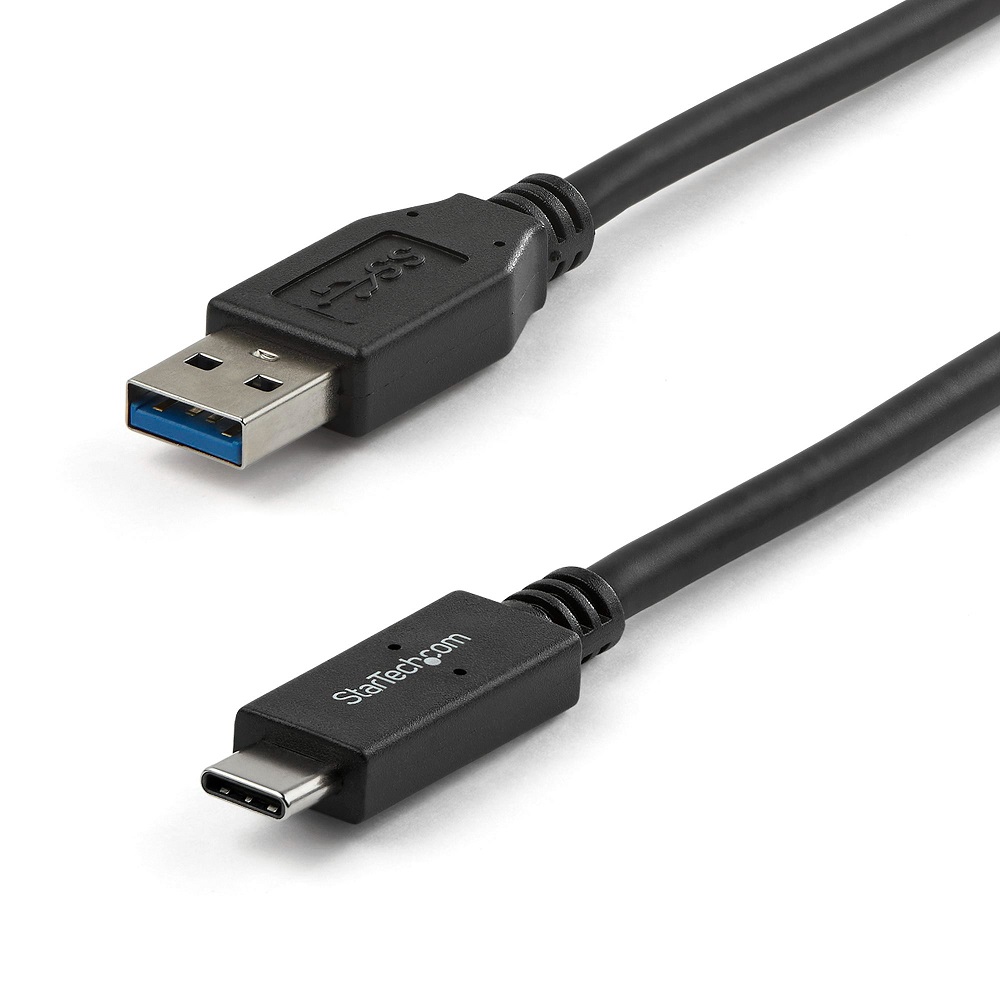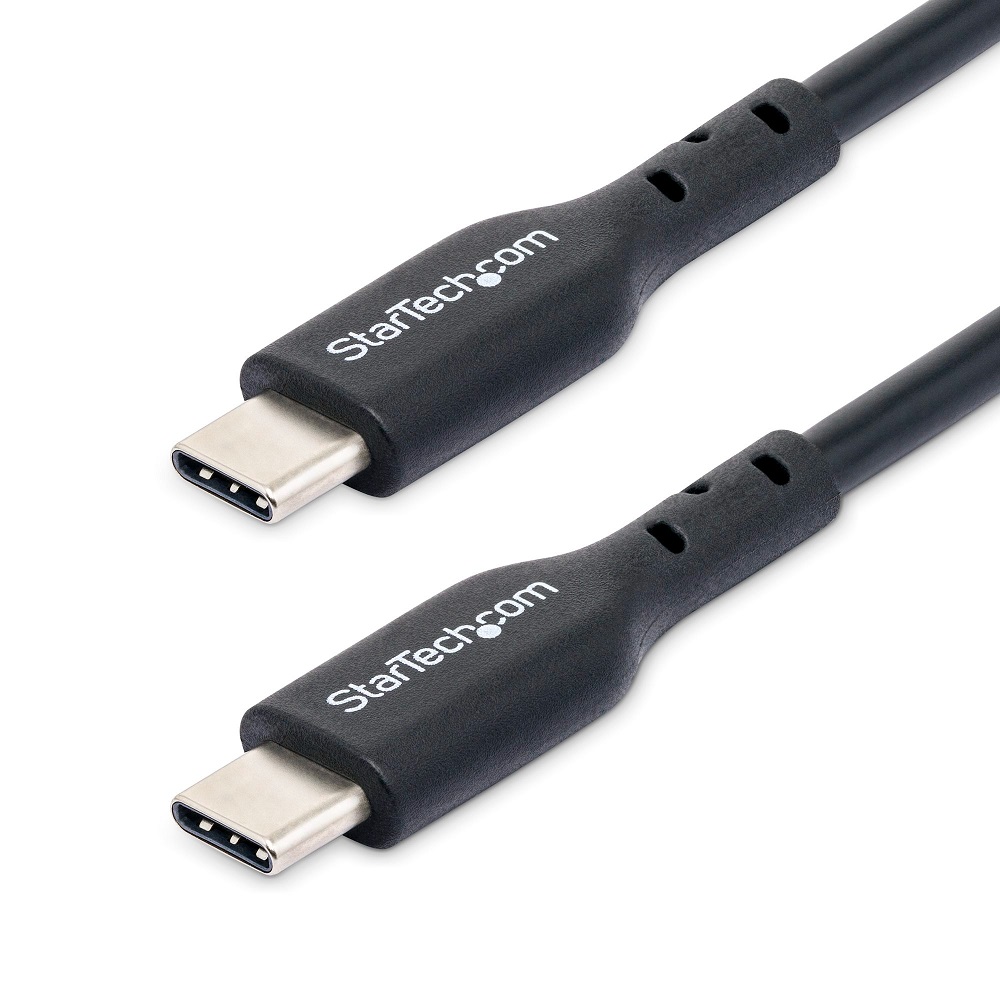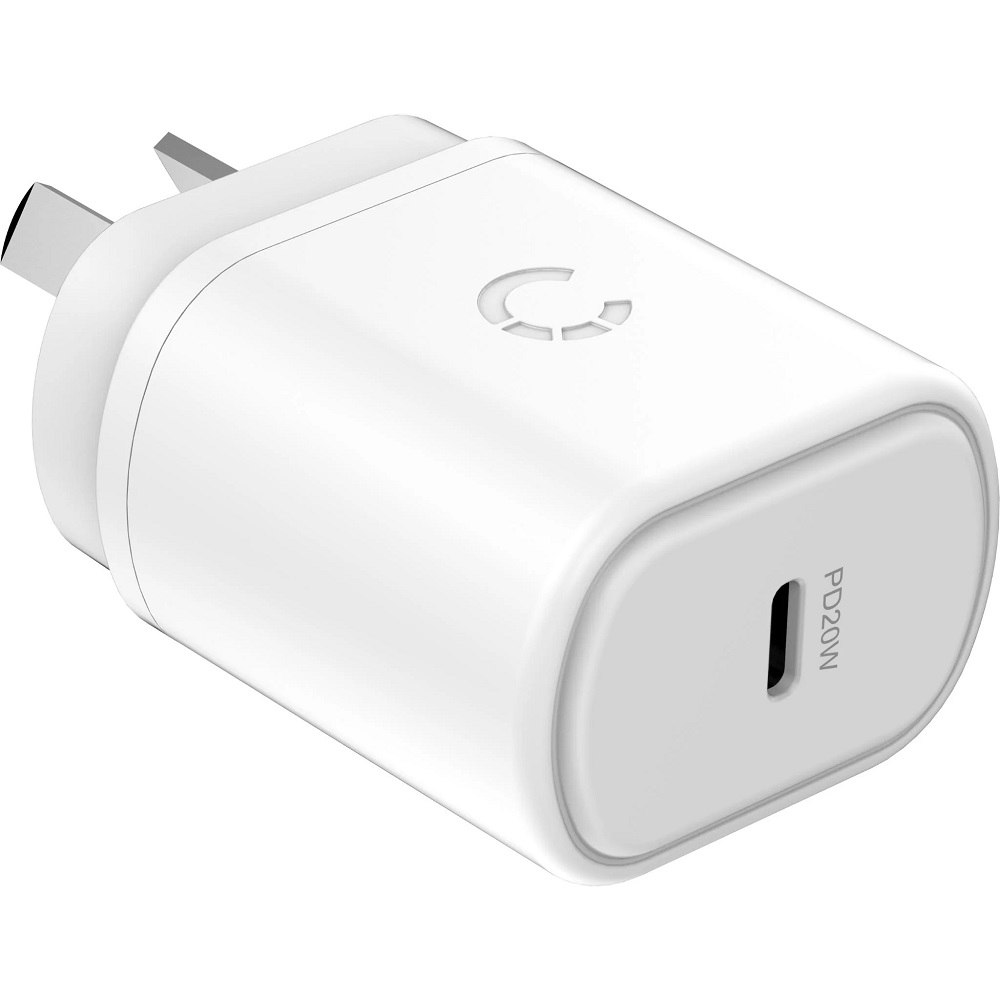Evolution of USB-C Technology
As we gaze into the future of connectivity and charging, the role of USB-C charger technology is pivotal. This segment explores the rise and refinement of USB-C over time.
The Emergence of USB-C
USB-C first hit the scene as a revolutionary connector. Its reversible design meant no more fumbling to plug in devices correctly. The promise of USB-C was a single port for data, video, and power. The early days of USB-C set the stage for a universal charging solution.
USB-C Advancements Through the Years
Year after year, improvements in USB-C tech have been impressive. Speed and power have increased, making USB-C chargers more effective. We’ve seen the adoption of new standards like Power Delivery (PD) that push boundaries. These advancements ensure that USB-C is not just prevalent but a mainstay for the future of charging.

USB-C Charging Standards in 2025
As we step into 2025, the standards for USB-C charging have evolved significantly. The focus is on maximizing efficiency and compatibility while catering to the increasing power demands of modern devices. Common standards have made it easier for consumers to select chargers that fit all their gadgets. The latest USB-C charging standards promise to deliver not only faster power-ups but also a more unified charging experience across different tech ecosystems.
The Role of Power Delivery (PD) in USB-C Charging
Power Delivery (PD) has become a cornerstone in USB-C charging technology. PD enables devices to charge at the fastest possible speed by dynamically adjusting power output. This means that a single USB-C charger with PD can charge a smartphone, a laptop, or a tablet optimally. PD’s role in 2025 is more critical than ever with devices requiring more power for advanced functionality. PD ensures your tech is ready to go in less time without compromising battery health.
Impact of Enhanced Power Limits
In 2025, enhanced power limits have revolutionized how we use our devices. They allow for a single usb-c charger to power up even the most power-hungry gadgets without multiple charging bricks. This jump in power limits means your devices get the juice they need quickly and safely. With these advancements, USB-C chargers can now easily support a variety of high-performance devices, from gaming consoles to professional workstations.
Universal Adoption of USB-C Chargers
With the evolution of technology, universal adoption of USB-C chargers is becoming a reality. This trend marks a shift towards a single, efficient charging method for a host of devices.
Trends in Device Compatibility
The device compatibility landscape is transforming. Now, most gadgets support the USB-C charging standard, from smartphones to laptops. This shift simplifies the charging process for users. They rely on one type of charger, the USB-C charger, for all their devices. Device makers increasingly design products with USB-C ports. They recognize the benefits of one connector for power, data, and video.
Regulatory Influences on Charger Unification
Regulations play a vital role in charger unification. Governments and industry groups push for standards to reduce e-waste and consumer confusion. In turn, these regulations encourage the use of USB-C chargers across all devices. As a result, manufacturers adopt USB-C ports more widely. This ensures compatibility and meets new regulatory requirements.
Innovations in USB-C Charger Design
The landscape of USB-C charger design has seen remarkable changes by 2025. Designers focus on creating chargers that not only meet the technical requirements of devices but also cater to the demands of portability and smart functionality. These innovations play a crucial part in ensuring that USB-C remains the preferred choice for powering devices.
Compact and Portable Charger Solutions
By 2025, USB-C chargers have become more compact and portable than ever. Manufacturers compete to release chargers that are not only small but also powerful. These designs prioritize convenience for users on the go. They easily fit in pockets or bags, making them perfect travel companions. This minimizes the burden of carrying bulky power adapters and supports a mobile lifestyle.
Integration of Smart Features in Chargers
Chargers have evolved beyond simple power delivery devices. The integration of smart features in USB-C chargers is a growing trend. These chargers come equipped with technology that can monitor power usage and adjust outputs to optimize charging efficiency. Features like thermal management ensure devices charge safely. Some chargers even communicate with the connected device to manage power distribution, enhancing overall battery life and performance. This level of intelligence in USB-C chargers represents the dedication to innovation that manufacturers have placed in the design of these essential tools.

Environmental Considerations and Sustainability
As the demand for USB-C chargers grows, so does the importance of environmental considerations and sustainability in their production and use.
Advances in Eco-friendly Materials and Production
By 2025, significant strides have been made in the manufacture of USB-C chargers with eco-friendly materials. Innovations have led to the use of bioplastics, recycled metals, and non-toxic compounds. Manufacturers are also adopting greener production processes, reducing carbon footprints. These improvements show a commitment to preserving the environment while meeting consumer needs.
USB-C Chargers and Electronic Waste Reduction
The universal adoption of USB-C chargers has a direct impact on electronic waste reduction. With a single charger type for multiple devices, the need for multiple charging cables and adapters diminishes. Efforts in recycling programs and modular designs allow for easier disassembly and reuse of charger components. This approach minimizes waste and promotes a circular economy in the tech industry.
The Role of USB-C in the Future of Wireless Charging
The blend of USB-C and wireless charging is shaping the future. This mix puts users at the center of a versatile and user-friendly charging experience. It also hints at a future where we seamlessly move between wired and wireless charging.
Convergence of Wired and Wireless Charging Standards
The tech world is seeing wired and wireless charging merge. USB-C stands at the heart of this change. Standards now align to ease the transition between charging modes. This makes charging more intuitive and hassle-free for everybody. With USB-C, devices cater to both wired and wireless needs without extra tools.
What USB-C Brings to Wireless Charging Ecosystems
USB-C boosts wireless charging in many ways. It sets a shared language for devices to communicate power needs. This allows smart power management across varied devices. With USB-C, the promise of a universal charger becomes more than a concept. It leads us toward a future where one charger fits all – at home, at work, or on the move.

Safety and Security Features of USB-C Chargers in 2025
As the adoption of USB-C chargers becomes more widespread, ensuring safety and security in their use is paramount. In 2025, significant advancements have been made to enhance these features. The improvements in technology help protect consumers and their devices from potential hazards associated with charging.
Technological Measures for Consumer Safety
Manufacturers have implemented multiple safety measures into USB-C chargers to safeguard against overcharging, overheating, and electrical surges. Some key measures include:
- Smart Chip Integration: These chips adjust the current flow to prevent overheating, preserving both the charger and device battery.
- Overcharge Protection: Built-in mechanisms stop charging once a device reaches full battery, avoiding damage from excess power.
- Surge Protection: Enhanced circuit design shields devices from unexpected voltage spikes.
Such features not only prolong device life but also offer peace of mind to users relying on USB-C chargers for their daily charging needs.
Authentication and Protection Against Counterfeit Chargers
The rise in USB-C charger use has led to an increase in counterfeit products entering the market. Recognizing this threat, 2025 sees robust approaches to authentication:
- Certification Labels: Authentic chargers come with secure labels to verify genuineness and compliance with safety standards.
- Digital Verification: Some chargers have digital authentication protocols that communicate with the device to confirm legitimacy before allowing charging.
- Consumer Awareness Campaigns: These campaigns educate users on identifying and avoiding fake chargers.
By combining technology with education, the industry works to eliminate the risks associated with counterfeit USB-C chargers. This ensures that consumers can charge their devices safely and efficiently, with confidence in the products they use.
Market Trends and Consumer Preferences
As USB-C technology becomes the norm, consumer preferences have shifted towards convenience and innovation. The market reflects this by offering a wide array of USB-C chargers, catering to different needs and lifestyles. Users now look for chargers that are not only effective but also embody sleek designs and portability. The trend is towards products that represent a seamless blend of functionality and style.
The Competitive Landscape of USB-C Chargers
The charger market has become highly competitive. Brands strive to stand out with USB-C chargers that offer unique features. Durability, fast charging capabilities, and additional connectivity options are key selling points. Manufacturers try to differentiate themselves by providing extra value, such as extended warranties and customer support services. With technology moving at a rapid pace, staying ahead means constantly innovating and understanding user needs.
Future Forecast: Consumer Expectations and Market Demand
Looking ahead, we can expect USB-C chargers to become even more sophisticated. Consumers will likely demand chargers that are quicker, more efficient, and more integrated with their smart devices. Market demand will increase for eco-friendly chargers made from sustainable materials. As technology advances, the capacity for USB-C chargers to support an ever-growing range of devices will also expand, cementing USB-C’s role as the universal charging standard.


